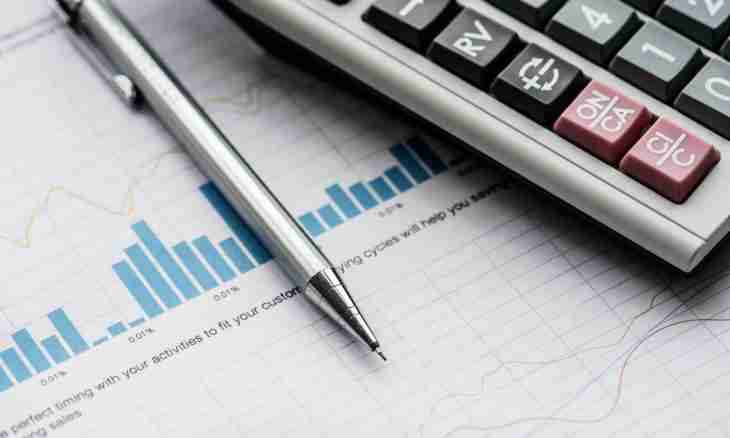The behavior of economy in general, within one state or economic interaction between the countries, is studied by the macroeconomic theory. The main sizes of macroeconomic characterize the general financial position of the state, its economic opportunities and are the major assistants at adoption of global management decisions.
Instruction
1. Key indicators of macroeconomic are elements of the System of National Accounts and key figures for assessment of economic development of the country. The largest of these indicators – the gross national product (GNP).
2. GNP to a large extent reflects the output of goods and services by citizens of the country both in the territory of the certain state, and beyond its limits. Nevertheless, in the international statistical reporting it is recommended to use another, but very similar indicator – the gross domestic product (GDP).
3. Other key macroeconomic indicators: a clean national product, national income, the located income, final consumption, gross accumulation, clean financing and pure loan, balance of foreign trade.
4. So, GNP is a total market value of all goods and services made by citizens of the country in a year as in its territory, and abroad. At the same time the volume of production made by foreigners in the territory of this state is subtracted from total amount. Only the end products, excepting the cost of the intermediate goods participating in its production are considered. Calculation of GNP can be made in three ways: on income, on expenses and on added value.
5. GDP is calculated similar to GNP except that only the products made in the territory of the country and both residents and nonresidents are considered.
6. The Clean National Product (CNP) is GNP minus the sum of annual charges on depreciation, i.e. on elimination of depreciation of fixed assets of the enterprises. This indicator is the indicator of total volume of products and services which were used in all economic sectors.
7. The National Income (NI) represents the total revenues of citizens of the country, is a key indicator of economic activity of society. At the same time the total amount not of all income participates in calculation, namely those which residents of the state already received.
8. The located income is equal to the sum of ND and different types of the payments received from abroad: humanitarian aid; penalties of the citizens who are in other state; money transfers from foreign relatives, etc.
9. Final consumption represents expenses on goods and services for satisfaction of needs of the population. Size includes costs of essentials (products, payment of housing), less necessary goods (books, household and other household appliances) and luxury goods (clothes of exclusive brands, delicious products, jewelry, collection editions, etc.)
10. Gross accumulation is a component of GDP and represents the volume of the acquired, but not consumed goods and also accumulation of fixed capital. In other words, it is monetary investments in objects for their future use in production.
11. Clean crediting and pure loan are means which the state, respectively, provides to other countries and receives in own order from the rest of the world.
12. The balance of foreign trade is a difference between the volume of export and import. If this size positive, then takes place a concept of net export when the volume of the goods made in this country and realized abroad exceeds the volume of the foreign goods consumed by her citizens.

